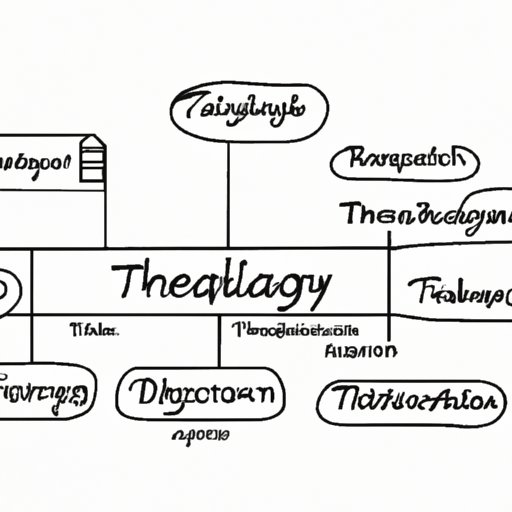Introduction
A technology roadmap is a strategic planning document that helps companies establish objectives and goals for their technological development. It will help organizations understand what technology should be used in order to achieve the desired results. In this article, we’ll explore how to create a technology roadmap with an outline, identify goals, understand resources, set milestones, and create a visual representation.
Use an Outline
The first step to writing a technology roadmap is to use an outline. This will help you organize your thoughts and create a plan of action. An effective technology roadmap should include the following components: a summary of the current situation, the goals and objectives, the resources available, the timeline, and the risks and benefits associated with each step.
Identify Your Goals
Once you have an outline, the next step is to identify your goals. What do you want to achieve with this technology roadmap? What are the long-term objectives? Having clear goals will help you stay on track and keep your focus. Setting measurable goals will also help you measure progress and success.
Understand Your Resources
The third step is to understand your resources. What resources do you have available that can help you achieve your goals? This could include personnel, technology, budget, or any other resources that may be relevant. Understanding the resources available to you will help you create a realistic timeline and ensure that your project stays within budget.
Set Milestones
The fourth step is to set milestones. These milestones should be achievable and measurable. They should also be realistic and have an end date. The process for setting milestones includes determining the tasks that need to be completed, assigning deadlines, and measuring progress against these milestones. It is important to be aware of any potential risks associated with each milestone and adapt accordingly.
Create a Visual Representation
The fifth step is to create a visual representation of your technology roadmap. This could be a table, chart, or diagram. Creating a visual representation will help you better understand the scope of the project, identify potential risks, and track progress. Examples of visual representations include Gantt charts, flowcharts, timelines, and other diagrams.
Conclusion
Creating a technology roadmap is an important step for any organization that wants to achieve its objectives. By using an outline, setting goals, understanding resources, setting milestones, and creating a visual representation, you can create an effective technology roadmap that will help you stay on track and reach your goals.
(Note: Is this article not meeting your expectations? Do you have knowledge or insights to share? Unlock new opportunities and expand your reach by joining our authors team. Click Registration to join us and share your expertise with our readers.)
